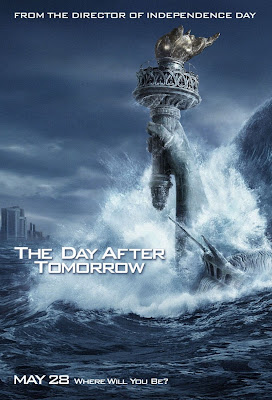Its well overdue that I give the tour around some of my key process moments, so without further ado-
The first of several unfortunate magazine misfires, this intro spread shows what not to do, which is make lots of arbitrary stylistic choices to tie into a form and color scheme that should ultimately be let go. In a desperate attempt to keep these things and make a loose reference to a maki roll wrapping with the added black bands, I created a completely inappropriate and restricting layout, which has terrible flow. Lesson hopefully learned for the last time.
This stage is where I bring in a more appropriate calm and warm tone to the spread. The black banding still needed to go and the puke green which worked so well in the past is starting to taste a little sour now with the new color theme. The name is, while slightly clever is more negative than I'd like.Right about here is where I find the right niche for this article, which leads to the following choices in color and image handling. The change in title is still a clever word play but is less negative. Now its the issue of rag, alignment, and making sure I dont end up with any bland dead space in my layouts. Fine tuning is the most relaxing and yet most obnoxious part of the process. Needless to say I'll be making quite a few more trips to the printer before its over.




























